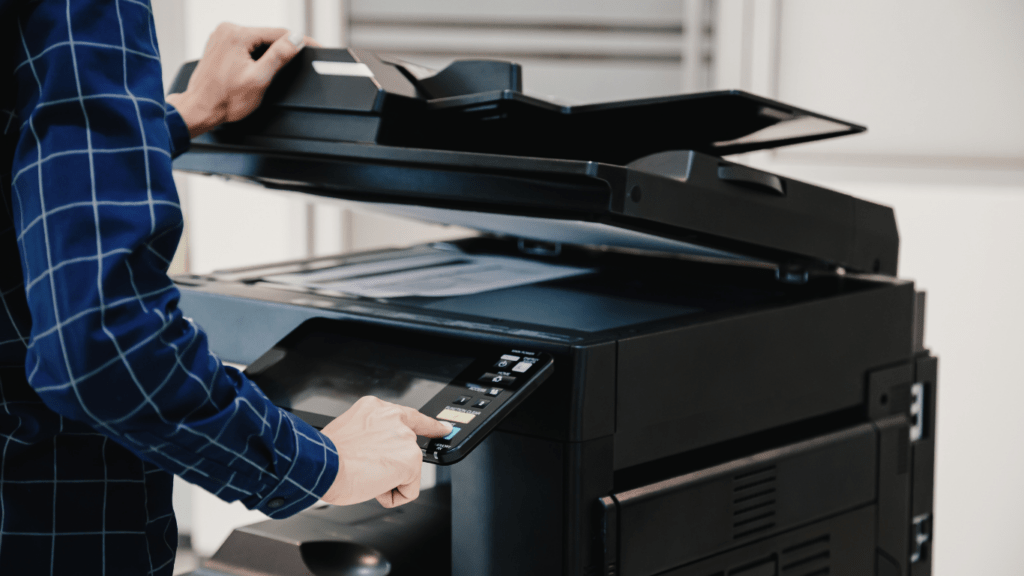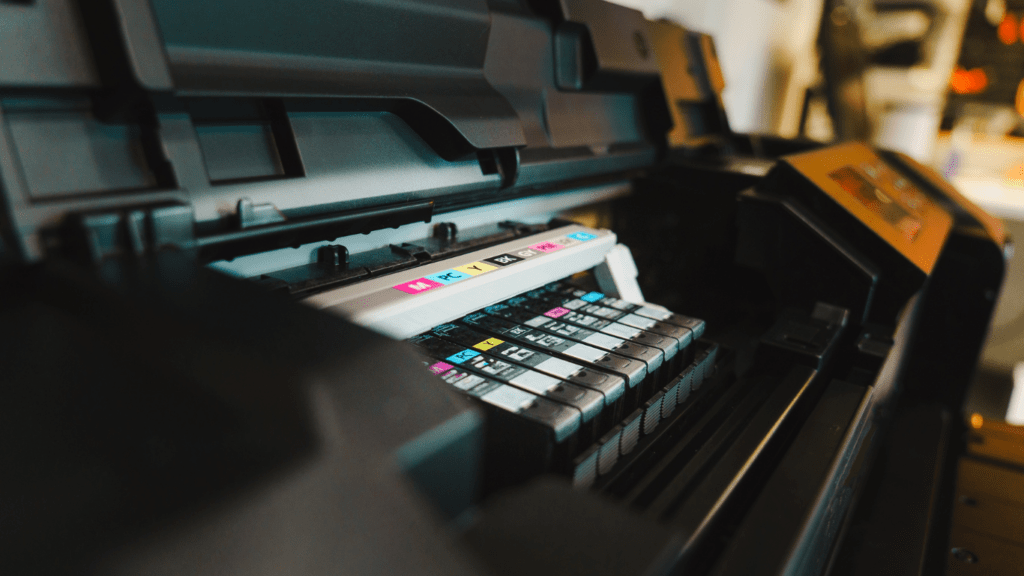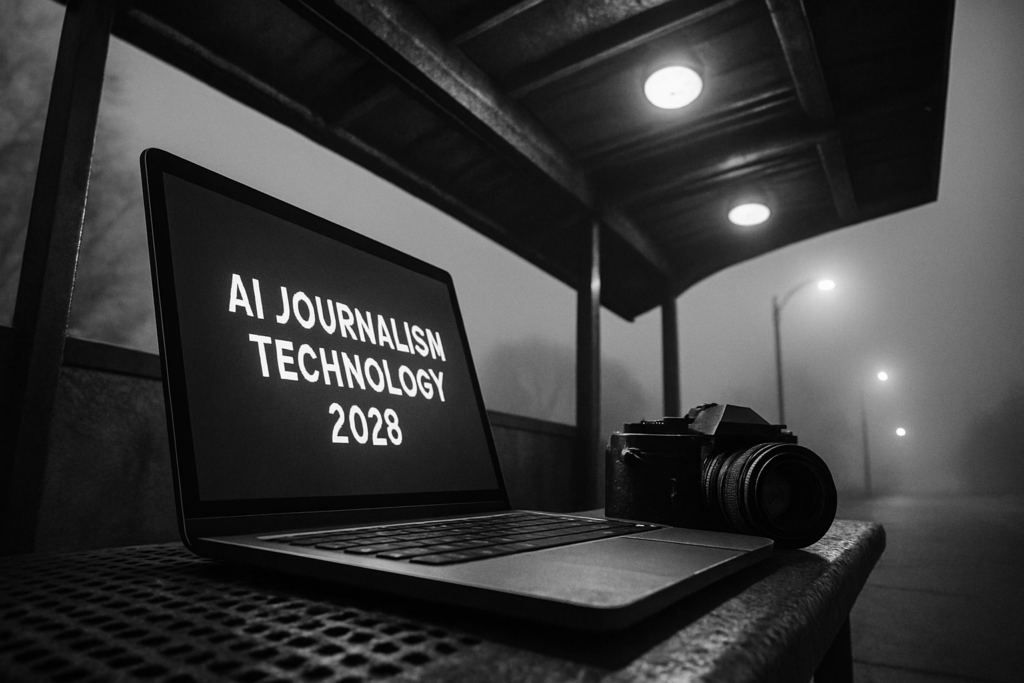In a rapidly evolving digital landscape, the future of print media stands at a crossroads, navigating the shifting paradigms of information consumption. As a seasoned observer of media trends, I’ve witnessed the dynamic interplay between traditional print publications and the burgeoning digital platforms that shape our modern world. The seismic impact of technology on the print industry is undeniable, sparking a reevaluation of strategies to stay relevant and engaging in an increasingly digital-centric society.
As I delve into the intricate tapestry of print media’s future, I’ll explore the challenges and opportunities that lie ahead for publishers and readers alike. From innovative storytelling techniques to interactive digital formats, the metamorphosis of print media unveils a realm of possibilities waiting to be embraced. Join me on this enlightening journey as we unravel the enigma of print media’s evolution in the digital age.
The Current State of Print Media
As I delve into the current state of print media, I uncover both the challenges faced by newspapers and magazines as well as the opportunities that exist for print media in niche markets.
Challenges Faced by Newspapers and Magazines
Reflecting on the landscape of print media today, I acknowledge the significant challenges that newspapers and magazines encounter in the digital era. With the rapid evolution of technology and the widespread availability of online news sources, traditional print publications struggle to retain readership and relevance. Print media faces hurdles such as declining circulation numbers, advertising revenue losses, and the need to adapt to changing consumer preferences for digital content consumption.
Opportunities for Print Media in Niche Markets
Exploring the realm of print media, I uncover promising opportunities that lie within niche markets. While the overall print industry undergoes transformation, there is a space for specialization and innovation in catering to specific audience segments. Print media can thrive by tapping into niche markets that value curated content, in-depth analysis, and unique perspectives. By tailoring offerings to niche interests and demographics, newspapers and magazines can establish loyal readerships and differentiate themselves in a competitive digital environment.
The Impact of Digital Transformation
In the evolving landscape of print media, the digital transformation has revolutionized how information is disseminated and consumed. As traditional print publications navigate this shift, they encounter both challenges and opportunities in adapting to the digital world.
Shift from Print to Digital Platforms
Embracing digital platforms is no longer an option but a necessity for print media outlets. Transitioning from traditional print formats to digital channels allows publications to reach wider audiences, engage with readers in real-time, and explore innovative ways of storytelling through multimedia elements like videos, podcasts, and interactive graphics.
Influence of Social Media and Online News
The proliferation of social media and online news platforms has significantly impacted how readers access information. Print media now competes not only with other traditional publications but also with digital-native sources that deliver news instantaneously. Social media platforms serve as both a distribution channel for print content and a space for direct engagement with audiences, presenting print media with new avenues for visibility and interaction.
Innovations in Print Media Technology
I’ve been closely monitoring the advancements in print media technology that are shaping the future landscape of traditional publications. Let’s delve into the exciting developments that are revolutionizing the industry.
Advancements in Printing Processes
Innovations in printing processes have paved the way for enhanced efficiency and quality in print media production. The introduction of digital printing technologies has allowed for cost-effective short print runs and personalized content, catering to the evolving demands of modern audiences. With digital printing, publishers can now produce targeted and customized publications, offering readers a more engaging and tailored experience. Additionally, the integration of variable data printing has enabled the seamless incorporation of personalized information, further enhancing the relevance and impact of print materials.
Eco-friendly Printing and Sustainability
The focus on eco-friendly printing practices and sustainability has become a key priority for the print media industry. Publishers are increasingly adopting environmentally conscious approaches by utilizing recycled materials, eco-friendly inks, and sustainable printing methods. From choosing biodegradable inks to implementing energy-efficient printing processes, the shift towards sustainable practices not only reduces the environmental impact of print media production but also aligns with the growing eco-conscious attitudes of readers. By embracing eco-friendly printing technologies, print media organizations are demonstrating their commitment to environmental stewardship while meeting the evolving expectations of environmentally conscious consumers.
Future Predictions for Print Media
As I look ahead to the future of print media in a digital world, there are several key strategies and trends that are likely to shape the industry.
Potential Revival Strategies
- Digital Subscription Models: Implementing digital subscription services can help print media outlets generate new revenue streams and adapt to changing consumer preferences. By offering exclusive content and value-added services, traditional publications can attract a loyal digital reader base.
- Diversification into Niche Markets: By focusing on specialized topics or unique content offerings, print media can cater to specific audience segments and differentiate themselves from online competitors. Creating targeted publications can enhance reader engagement and loyalty.
- Hybrid Print-Digital Approaches: Combining the tactile experience of print with interactive digital features can provide readers with a holistic and engaging content experience. Interactive ads, multimedia content, and augmented reality elements can add value to traditional print publications.
- Augmented Reality (AR) Integration: Incorporating AR technology into print media can create immersive and interactive experiences for readers. By scanning printed images or pages with a mobile device, readers can unlock additional digital content, enhancing engagement and retention.
- Data-Driven Personalization: Leveraging data analytics and reader insights can help print media outlets customize content based on individual preferences. Personalized recommendations, targeted advertising, and tailored editorial content can increase reader satisfaction and retention rates.
- Seamless Cross-Platform Integration: Ensuring a seamless transition between print and digital platforms is essential for modern print media. By offering cross-platform access, integrated content experiences, and synchronized updates, publishers can provide a consistent and convenient reading experience for their audience.
These strategies and enhancements are poised to redefine the future of print media, fostering innovation, relevance, and sustainability in an increasingly digital landscape.

Lydia Pope
Lydia Pope is a seasoned journalist and article writer, renowned for her exceptional storytelling skills and unwavering commitment to uncovering the truth. With a sharp eye for detail and a deep passion for investigative work, Lydia has earned a reputation for delivering insightful analyses and compelling narratives that captivate and engage her audience. Her work is marked by meticulous research and a thoughtful approach, allowing her to tackle complex topics with clarity and depth. Over the years, Lydia has built a solid reputation for producing well-crafted, thought-provoking content that resonates deeply with readers, sparking meaningful conversations and offering fresh perspectives.


